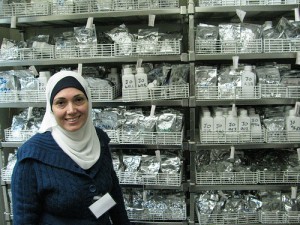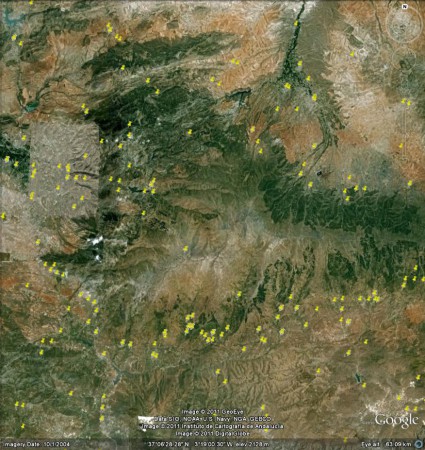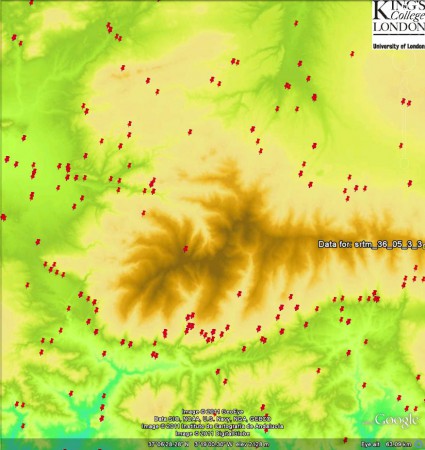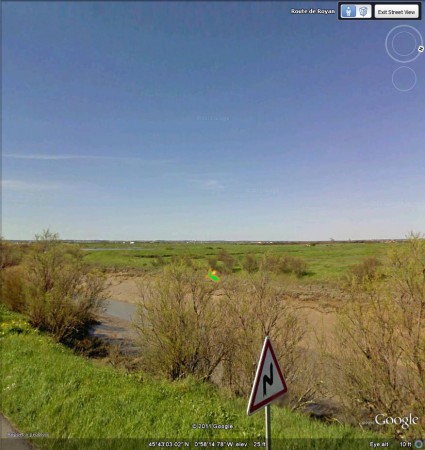We blogged recently about the huge fire in Arizona and what it may be doing to crop wild relatives. In southern California, however, they’re doing something more than just wringing their hands with worry. They’re going out and collecting seeds, that could later be used for restoration, as part of a project called Seeds of Success.
Once back at Rancho Santa Ana, the team dries the seeds in their paper bags, boxes them up and sends them to the national Bend Seed Extractory in Bend, Ore. There they are sorted and X-rayed to see whether they are viable, and then scientists go to work trying to find out how to get them to germinate.
…
Part of each seed lot is stored at the U.S. National Seed Bank as an insurance policy against future threats such as climate change, and some go to native plant researchers with the U.S. Department of Agriculture. The trove also is shared with the Kew Millennium Seed Bank operated by the Royal Botanic Garden in England, which aims to save 25 percent of the world’s plant species by 2020.
In some mountain areas, they’ll really have to hurry.



